Home>Construction & Tools>Building Materials>How To Remove Stains From Brick
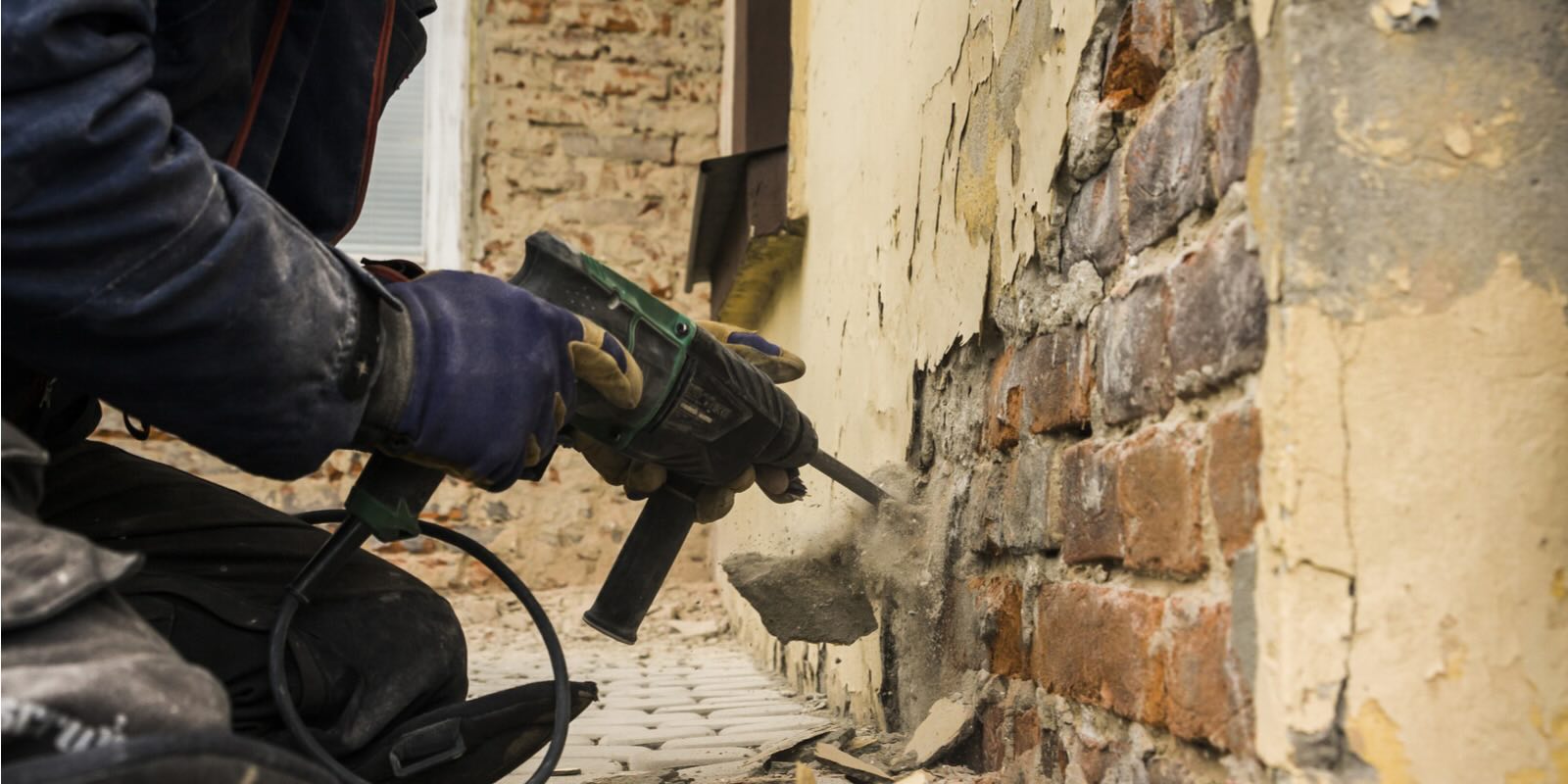

Building Materials
How To Remove Stains From Brick
Modified: March 19, 2024
Learn effective techniques for removing stains from brick, including common building materials. Keep your brick surfaces looking clean and pristine with these expert tips.
(Many of the links in this article redirect to a specific reviewed product. Your purchase of these products through affiliate links helps to generate commission for Storables.com, at no extra cost. Learn more)
Introduction
Brick is a timeless building material that adds charm and character to any structure. Whether it’s used for a stunning exterior facade or a cozy fireplace, the durability and aesthetic appeal of brick make it a popular choice for homeowners and builders alike. However, over time, brick surfaces can fall victim to unsightly stains, detracting from their natural beauty. Understanding how to effectively remove stains from brick is essential for preserving its visual appeal and structural integrity.
In this comprehensive guide, we will delve into the various types of brick stains, from organic growths to mineral deposits, and explore the most effective methods for tackling each type. Additionally, we will discuss the importance of proper preparation before embarking on stain removal, as well as the use of natural remedies and commercial cleaners to address stubborn stains. Furthermore, we will explore preventive measures to help homeowners avoid future staining and maintain the pristine appearance of their brick surfaces.
Whether you’re dealing with mold and mildew, rust stains, or efflorescence, this guide will equip you with the knowledge and techniques needed to restore the beauty of your brickwork. Let’s embark on this journey to uncover the secrets of successful brick stain removal, ensuring that your brick surfaces remain a source of pride and admiration for years to come.
Key Takeaways:
- Brick stains, like organic growths and rust, can be removed using natural remedies like vinegar and baking soda. Preparing the area and using protective gear are crucial for safe stain removal.
- To prevent future brick stains, consider sealing the brick, improving drainage, and regular cleaning. These measures can help maintain the beauty and durability of brick surfaces.
Read more: How To Remove Wood Stain From Brick
Understanding the Types of Brick Stains
Before diving into the stain removal process, it’s crucial to identify the specific type of stain affecting your brick surfaces. Understanding the nature of the stain will guide you in selecting the most effective removal method. Here are the common types of brick stains:
- Organic Stains: These stains are caused by organic materials such as algae, moss, lichens, or mildew that thrive in damp and shaded areas. They often appear as green or brown discolorations on the brick surface.
- Mineral Deposits: Mineral deposits, including efflorescence and lime run, result from water-soluble salts and minerals leaching through the brickwork. Efflorescence manifests as a white, powdery residue, while lime run appears as streaks of white or gray.
- Rust Stains: Rust stains occur when metal objects, such as nails, brackets, or iron-rich water, come into contact with the brick and oxidize, leaving reddish-brown marks.
- Oil and Grease Stains: These stains are common on brick driveways, patios, and cooking areas. They result from spills and splatters of oil, grease, or other hydrocarbon-based substances.
- Paint and Dye Stains: Accidental spills or splatters of paint, ink, or dyes can mar the appearance of brick surfaces, requiring specialized removal techniques.
By recognizing the characteristics of each type of stain, you can tailor your stain removal approach to effectively address the specific issue at hand. Additionally, identifying the cause of the stain, such as water infiltration, vegetation, or human activity, can aid in implementing preventive measures to avoid future staining.
Now that we’ve gained insight into the diverse array of brick stains, we can proceed to the next crucial step: preparing the affected area for stain removal.
Preparing the Area for Stain Removal
Before embarking on the stain removal process, proper preparation of the affected area is essential to ensure optimal results and minimize potential damage to the brick surfaces. Here are the key steps to prepare the area for stain removal:
- Clean the Surface: Begin by removing any loose debris, dirt, or organic matter from the brick surface. Use a stiff brush or a pressure washer to gently clean the area, taking care not to dislodge the mortar between the bricks.
- Protect Surrounding Surfaces: Cover nearby plants, landscaping features, and non-target surfaces with plastic sheeting or drop cloths to shield them from cleaning solutions and runoff during the stain removal process.
- Test Cleaning Solutions: Prior to applying any cleaning agents to the entire stained area, perform a patch test in an inconspicuous spot to assess the effectiveness and potential impact of the solution on the brick surface.
- Use Personal Protective Equipment: When working with commercial cleaners or potent natural remedies, such as vinegar or bleach, ensure that you wear appropriate protective gear, including gloves, eye protection, and a mask, to safeguard against chemical exposure.
- Read Product Labels: If utilizing commercial cleaning products, carefully read and follow the manufacturer’s instructions and safety precautions to achieve the best outcomes while prioritizing safety.
By diligently preparing the area for stain removal, you set the stage for a successful and safe cleaning process. This proactive approach not only enhances the effectiveness of stain removal but also minimizes the risk of unintended damage to the brick surfaces and surrounding environment.
With the area primed for stain removal, we can now explore natural methods for addressing a wide range of brick stains, harnessing the power of eco-friendly remedies to restore the luster of your brickwork.
Using Natural Methods for Stain Removal
When it comes to removing stains from brick, natural remedies offer an eco-friendly and cost-effective approach to restoring the pristine appearance of your brick surfaces. Here are several natural methods for tackling different types of brick stains:
- Vinegar Solution: A solution of white vinegar and water can effectively combat organic stains, such as algae, moss, and mildew. Apply the vinegar solution to the affected area, allow it to sit for several minutes, and then scrub the stain with a stiff brush before rinsing thoroughly with water.
- Baking Soda Paste: Create a paste using baking soda and water to target oil and grease stains on brick surfaces. Apply the paste to the stained area, gently scrub with a brush, and rinse with water. For stubborn stains, you can add a small amount of dish soap to the baking soda paste for enhanced cleaning power.
- Lemon Juice and Salt: The acidic properties of lemon juice combined with salt can help diminish rust stains on brick. Saturate the stained area with lemon juice, sprinkle salt over the juice, and allow the mixture to sit for a few hours before scrubbing and rinsing the brick surface.
- Natural Absorbents: For efflorescence and mineral deposits, utilizing natural absorbents such as kitty litter or sawdust can aid in drawing out the moisture and mineral residues from the brick. Apply the absorbent material to the stained area, allow it to sit for a day or two, and then sweep or vacuum it away.
These natural methods harness the power of everyday household ingredients to effectively combat a variety of brick stains while minimizing the use of harsh chemicals. However, it’s important to note that while natural remedies are generally safe for the environment and brick surfaces, it’s crucial to perform a patch test and exercise caution to avoid any adverse effects.
While natural methods can be highly effective for many types of brick stains, stubborn or deeply ingrained stains may require the use of specialized commercial cleaners to achieve optimal results. Let’s explore the use of commercial cleaners for addressing persistent brick stains and restoring the beauty of your brickwork.
Mix equal parts of water and white vinegar in a spray bottle. Spray the solution onto the stained brick and scrub with a stiff brush. Rinse with water and repeat if necessary.
Using Commercial Cleaners for Stubborn Stains
For stubborn and deeply ingrained stains that resist natural remedies, the use of commercial cleaners specifically formulated for brick surfaces can provide the necessary cleaning power to restore the pristine appearance of your brickwork. When selecting a commercial cleaner, it’s essential to choose a product that is suitable for the type of stain you are dealing with and compatible with the specific composition of your brick.
Here are some common types of commercial cleaners and their applications for tackling stubborn brick stains:
- Acidic Cleaners: Acid-based cleaners, such as muriatic acid or phosphoric acid solutions, are effective for dissolving mineral deposits like efflorescence and lime run. It’s crucial to follow the manufacturer’s instructions meticulously and use appropriate safety gear when working with acidic cleaners to prevent damage to the brick and ensure personal safety.
- Oxalic Acid: This specialized acid is particularly effective for removing rust stains from brick surfaces. Dilute the oxalic acid according to the manufacturer’s recommendations, apply it to the rust-stained area, allow it to dwell for the specified duration, and then thoroughly rinse the brick surface.
- Alkaline Cleaners: For oil, grease, and organic stains, alkaline cleaners, also known as degreasers, can be highly effective. These cleaners work by breaking down and emulsifying oily substances, facilitating their removal from the brick surface.
- Specialized Stain Removers: Some commercial cleaners are specifically formulated to target paint, dye, or graffiti stains on brick. These products often contain solvents designed to dissolve and lift the unwanted pigments from the brick surface without causing damage.
Before using any commercial cleaner, it’s imperative to read and adhere to the manufacturer’s instructions, including recommended dilution ratios, application methods, and safety precautions. Additionally, always perform a patch test in an inconspicuous area to ensure compatibility and assess the cleaner’s effectiveness before treating the entire stained area.
While commercial cleaners can be potent allies in the battle against stubborn brick stains, it’s essential to handle them with care and prudence to safeguard the integrity of the brick surfaces and ensure a successful stain removal process. Now, armed with the knowledge of natural and commercial stain removal methods, we can explore preventive measures to protect your brick surfaces from future staining.
Read more: How To Remove Iron Stains From Brick
Preventing Future Stains on Brick
After investing time and effort into removing stains from your brick surfaces, it’s essential to implement preventive measures to protect them from future staining and preserve their pristine appearance. By incorporating proactive strategies, you can mitigate the risk of recurring stains and maintain the beauty of your brickwork for years to come. Here are effective preventive measures to consider:
- Sealing the Brick: Applying a quality masonry sealer can create a protective barrier that helps repel water, oils, and other staining agents, reducing the likelihood of new stains forming on the brick surface. Select a sealer specifically designed for brick and follow the manufacturer’s application instructions meticulously.
- Improving Drainage: Addressing water drainage issues around your property can prevent moisture buildup, which is a common precursor to efflorescence and organic stains on brick surfaces. Ensure that gutters, downspouts, and landscaping features direct water away from the brickwork.
- Trimming Vegetation: Regularly trim and prune vegetation, such as overhanging trees, shrubs, and ivy, to minimize shading and promote better air circulation around the brick surfaces. This can help deter the growth of organic stains and moss on the brickwork.
- Regular Cleaning and Maintenance: Establish a routine for inspecting and cleaning your brick surfaces to promptly address any emerging stains or debris accumulation. Swiftly removing organic matter and spills can prevent them from becoming stubborn stains over time.
- Using Protective Measures: When engaging in activities that could potentially stain the brick, such as painting or working with oily substances, use protective barriers, drop cloths, or masking materials to shield the brick surfaces from accidental spills and splatters.
By integrating these preventive measures into your maintenance practices, you can fortify the resilience of your brick surfaces against common staining culprits, preserving their aesthetic appeal and structural integrity. Additionally, staying proactive in maintaining your brickwork can prolong its lifespan and minimize the need for intensive stain removal in the future.
With a comprehensive understanding of stain removal techniques and preventive strategies, you are equipped to safeguard the beauty and longevity of your brick surfaces. By implementing these measures, you can enjoy the enduring allure of your brickwork while minimizing the impact of potential staining agents.
Conclusion
In the realm of building materials, brick stands as an enduring symbol of strength, character, and architectural elegance. Its timeless appeal and remarkable durability make it a favored choice for a wide array of applications, from residential homes to commercial structures. However, the allure of brick can be marred by unsightly stains, which necessitate a thorough understanding of effective stain removal and preventive measures to uphold the integrity and visual splendor of brick surfaces.
Throughout this comprehensive guide, we have explored the diverse spectrum of brick stains, ranging from organic growths and mineral deposits to rust, oil, and paint stains. By understanding the nature of each type of stain, we can tailor our stain removal approach to achieve optimal results while preserving the integrity of the brickwork.
We’ve delved into the crucial preparatory steps for stain removal, emphasizing the significance of cleaning the surface, protecting surrounding areas, and exercising caution with cleaning solutions. Furthermore, we’ve uncovered the power of natural remedies, such as vinegar, baking soda, and lemon juice, in combatting a variety of brick stains, providing eco-friendly and budget-conscious alternatives for homeowners.
For stubborn stains that resist natural methods, we’ve explored the use of specialized commercial cleaners, highlighting the importance of selecting the right product for the specific type of stain and exercising care in application. Additionally, we’ve underscored the importance of preventive measures, such as sealing the brick, improving drainage, and regular maintenance, to shield brick surfaces from future staining and preserve their allure.
As we conclude this journey through the realm of brick stain removal, we are equipped with a wealth of knowledge and strategies to safeguard the beauty and longevity of our brickwork. By implementing these insights and techniques, we can ensure that our brick surfaces remain a testament to timeless elegance and enduring quality, standing as a source of pride and admiration for generations to come.
With a blend of proactive maintenance, meticulous care, and a deep understanding of stain removal, we can embrace the enduring allure of brick and relish in the enduring legacy of this remarkable building material.
Frequently Asked Questions about How To Remove Stains From Brick
Was this page helpful?
At Storables.com, we guarantee accurate and reliable information. Our content, validated by Expert Board Contributors, is crafted following stringent Editorial Policies. We're committed to providing you with well-researched, expert-backed insights for all your informational needs.
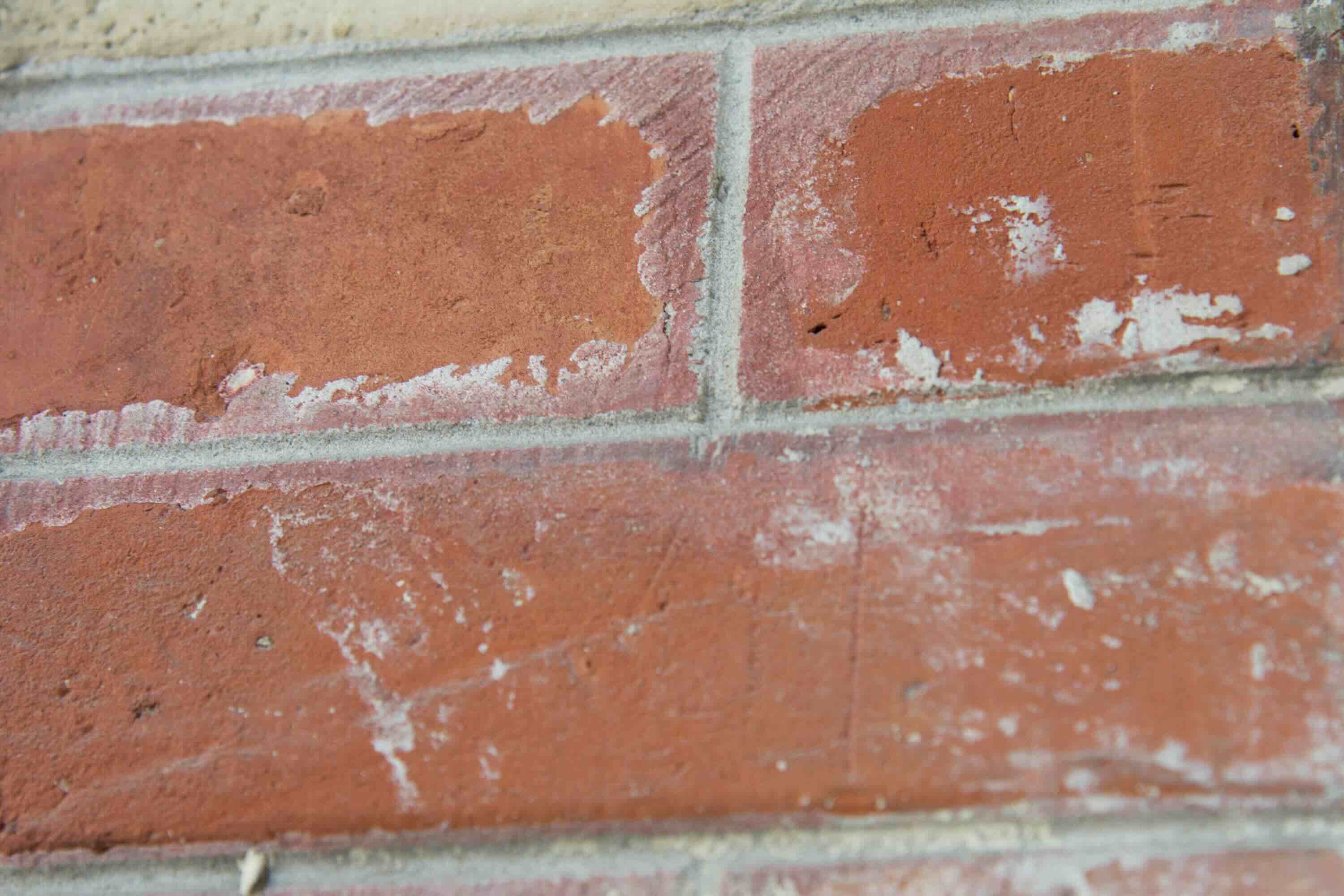
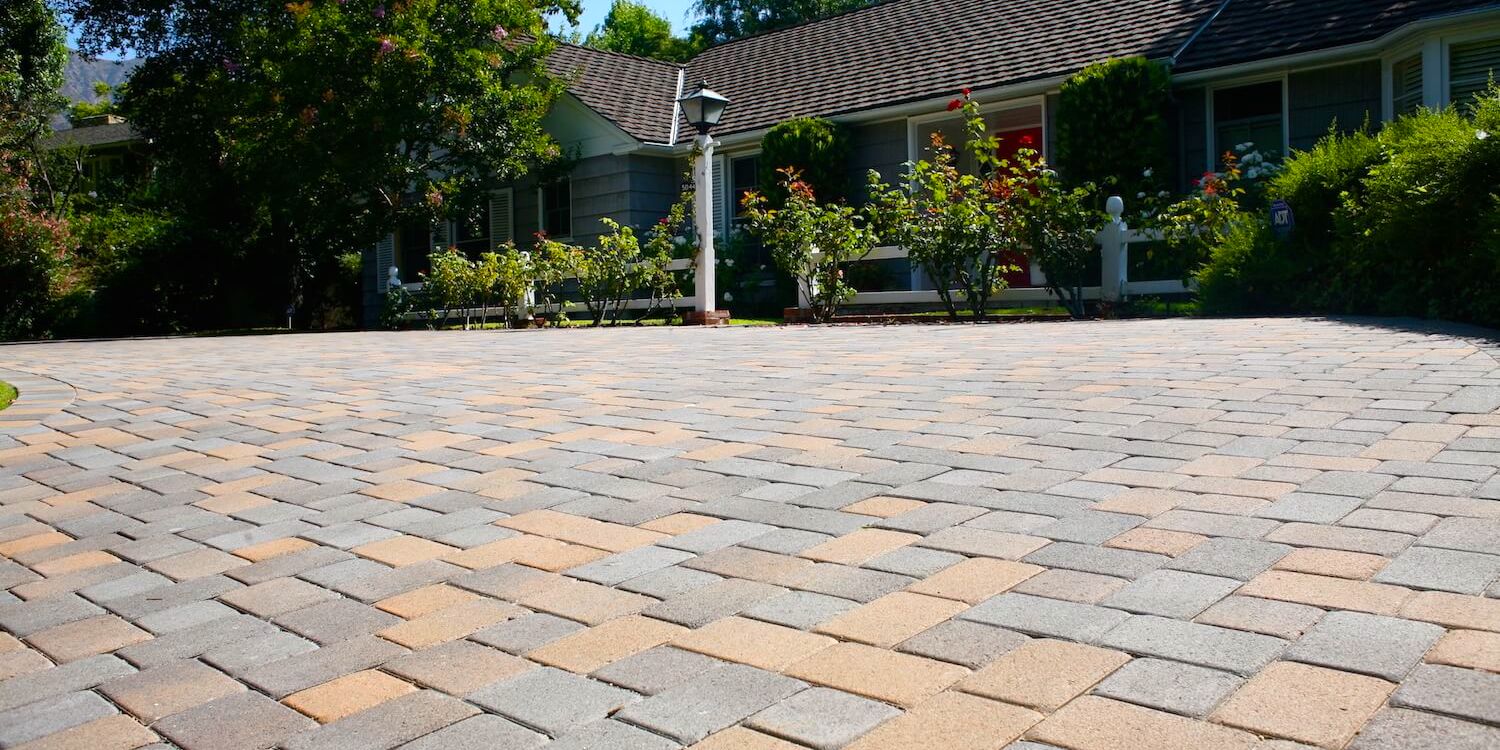
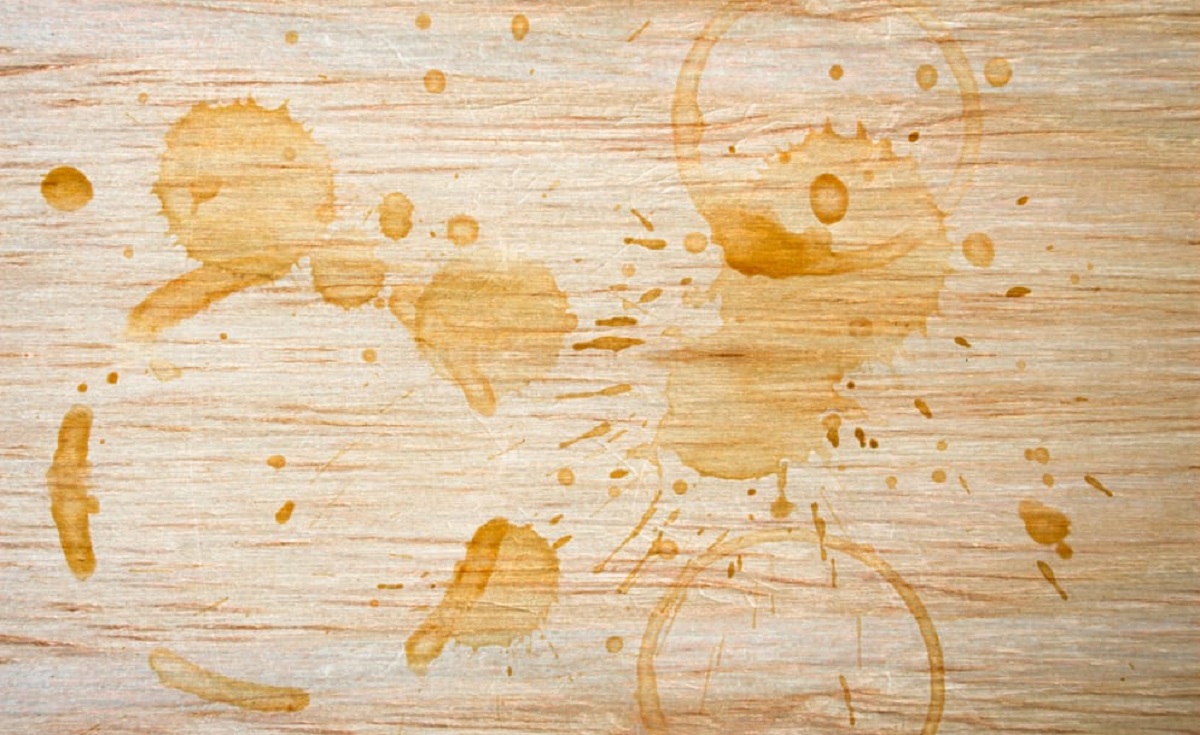
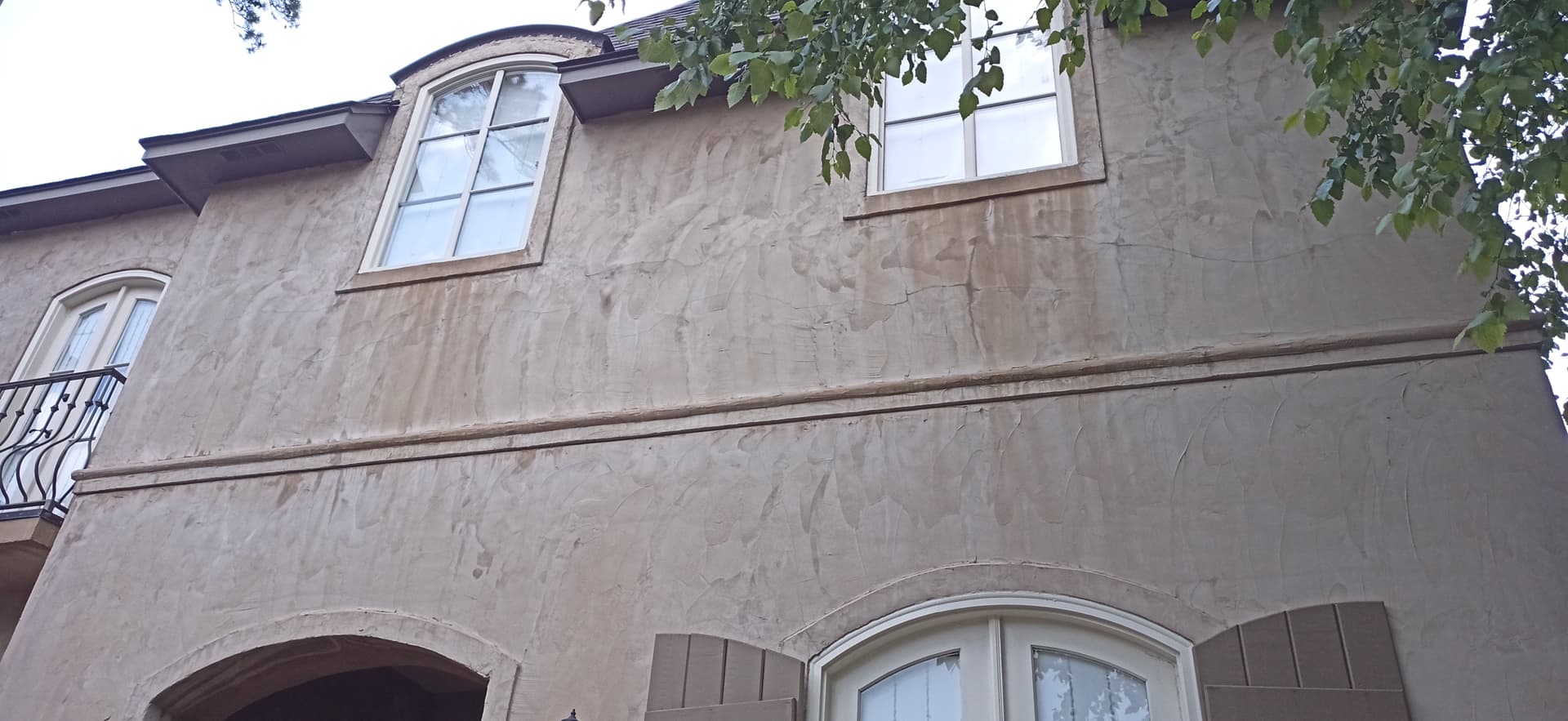

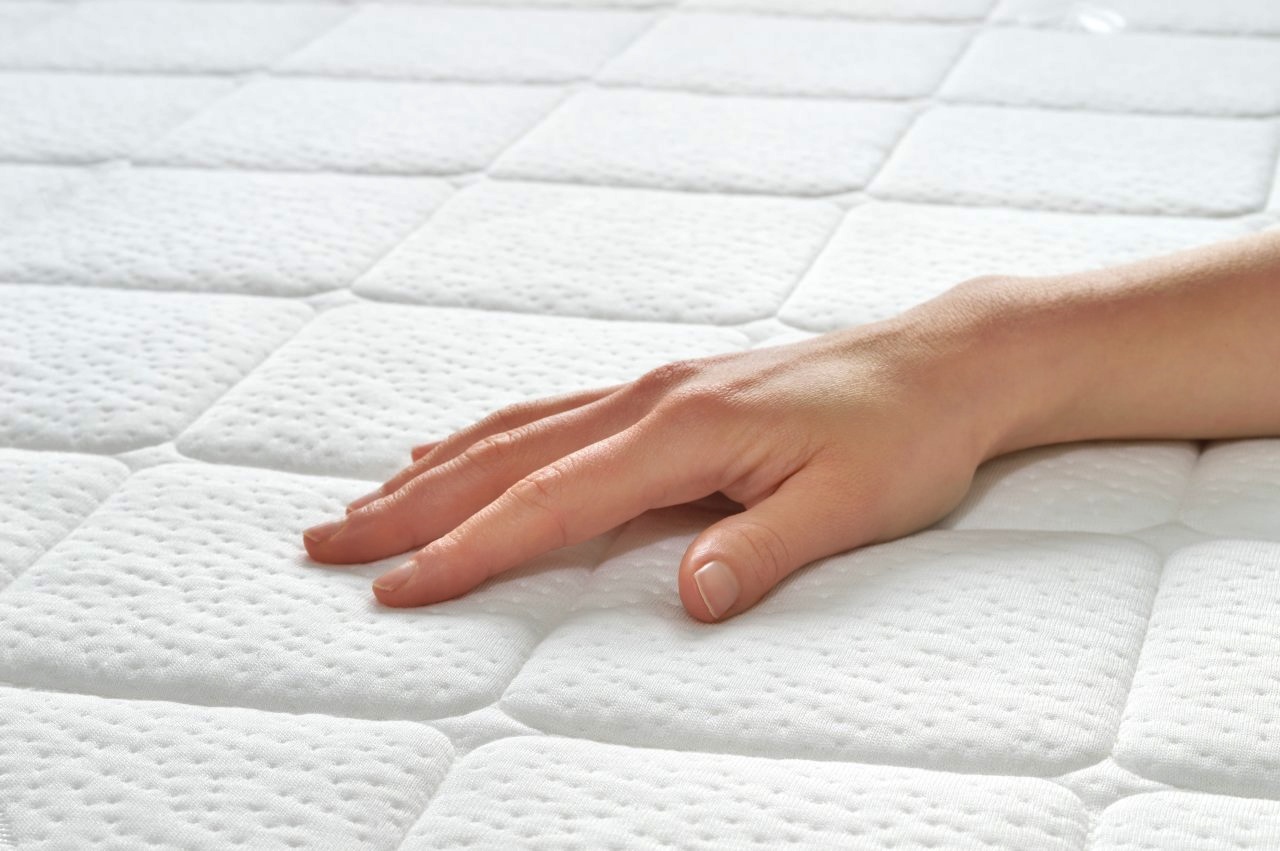

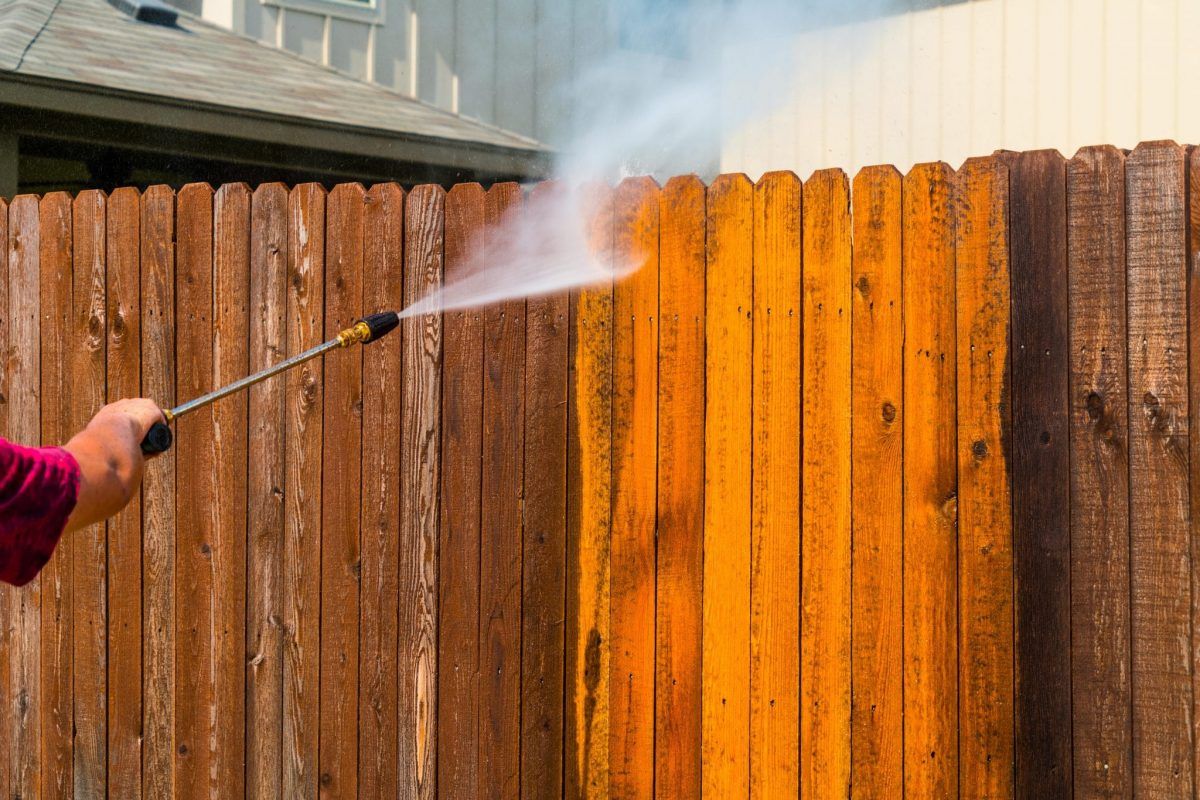
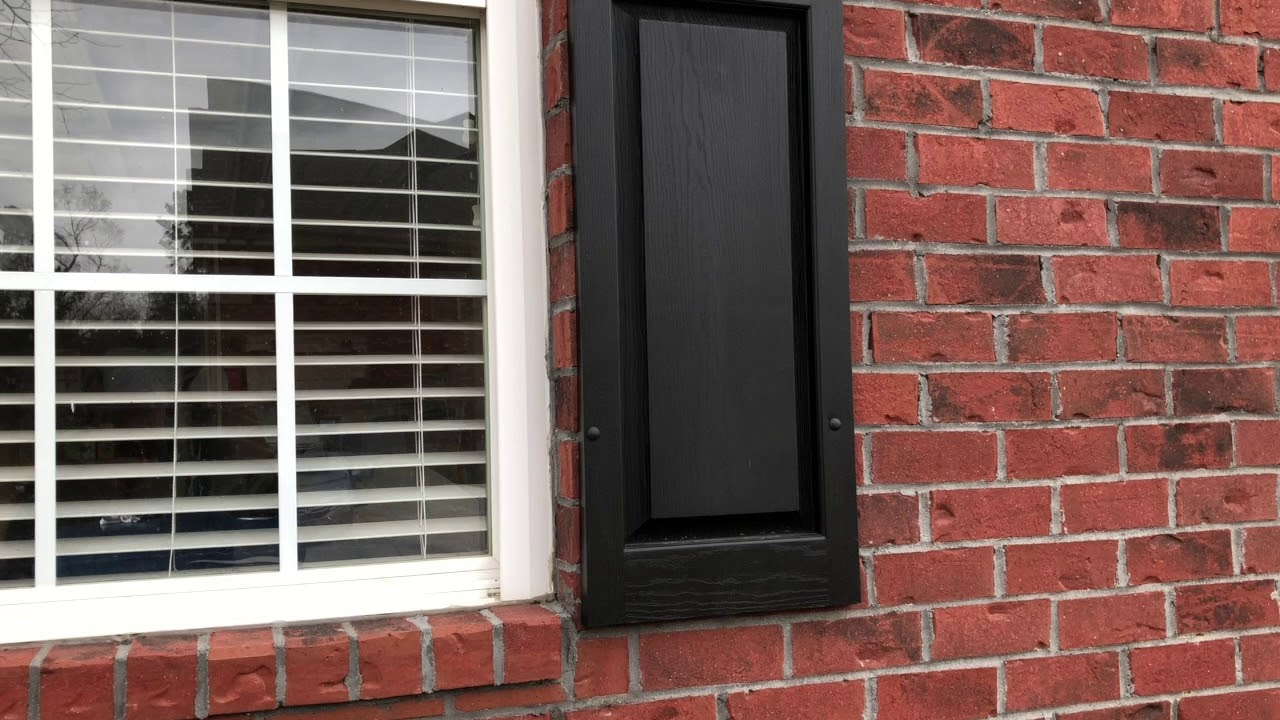
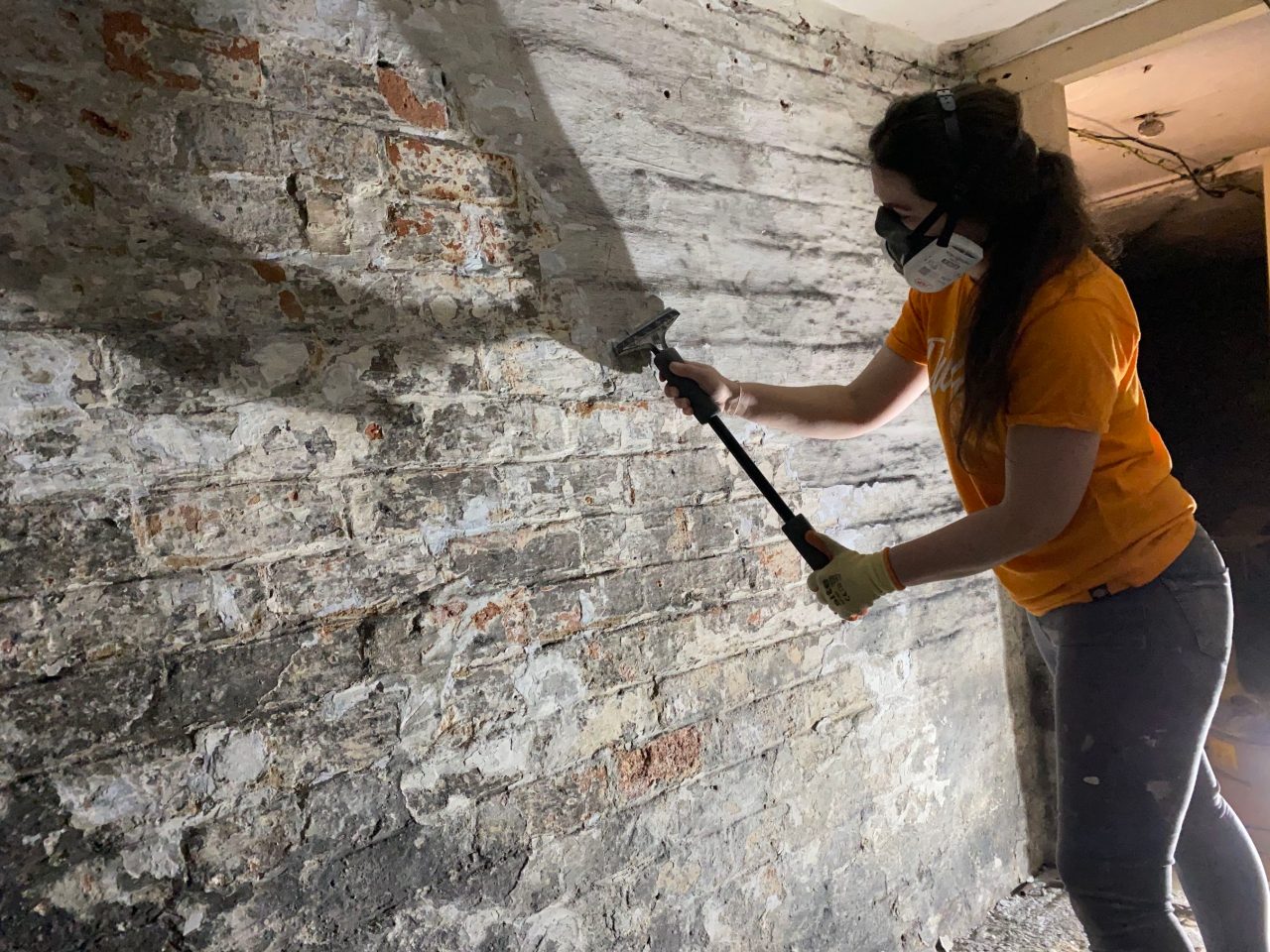
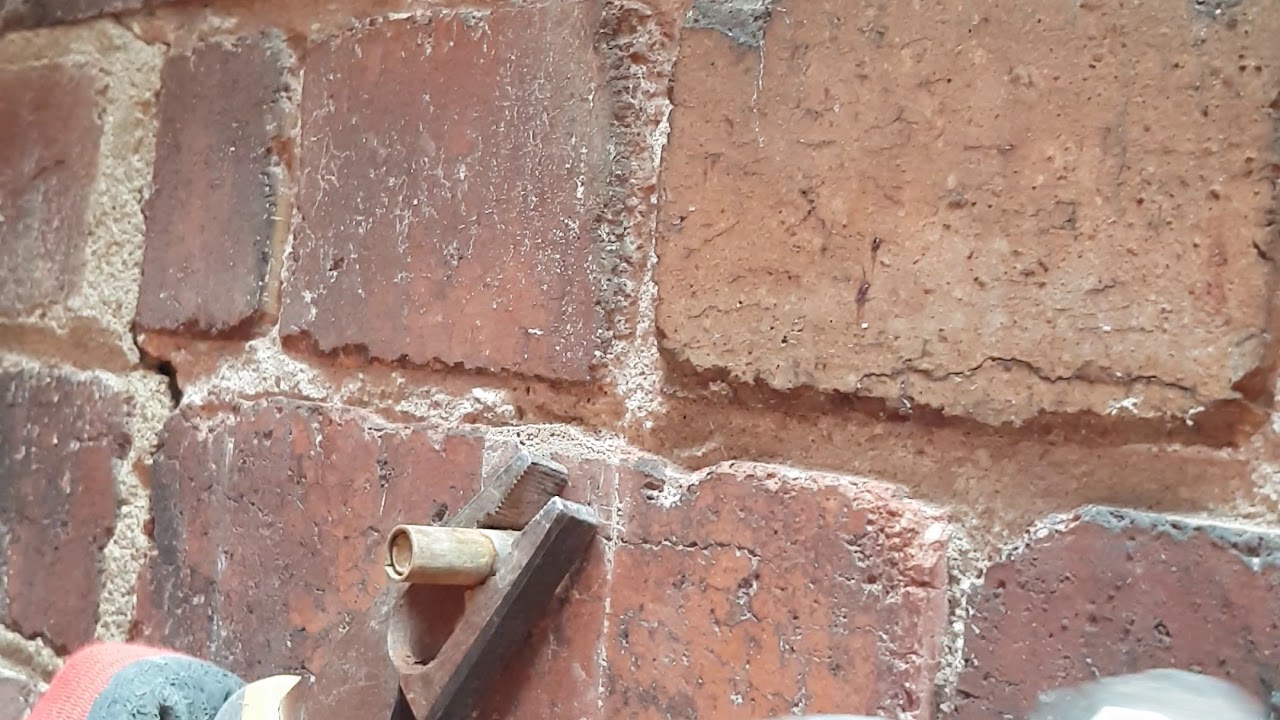
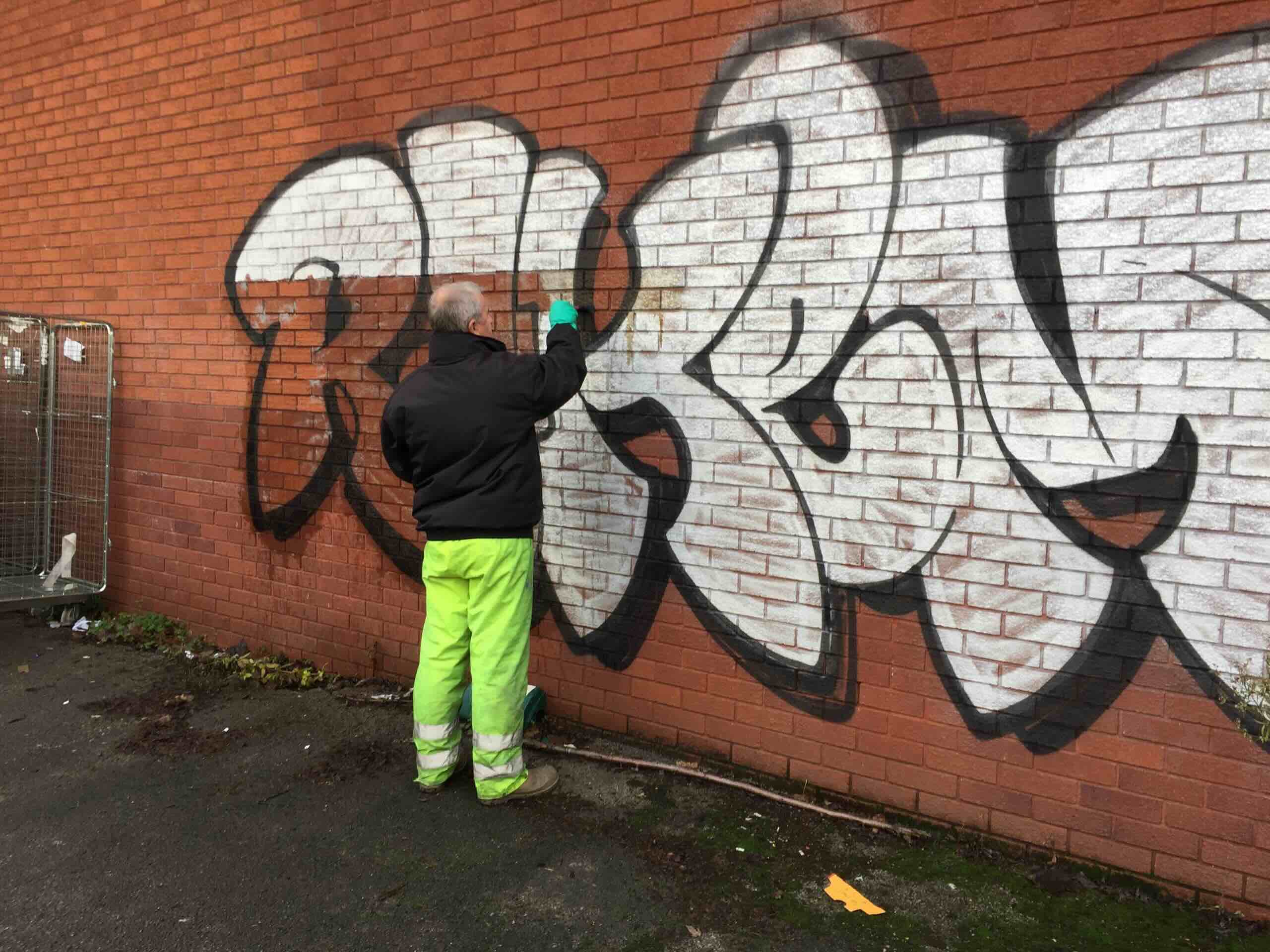
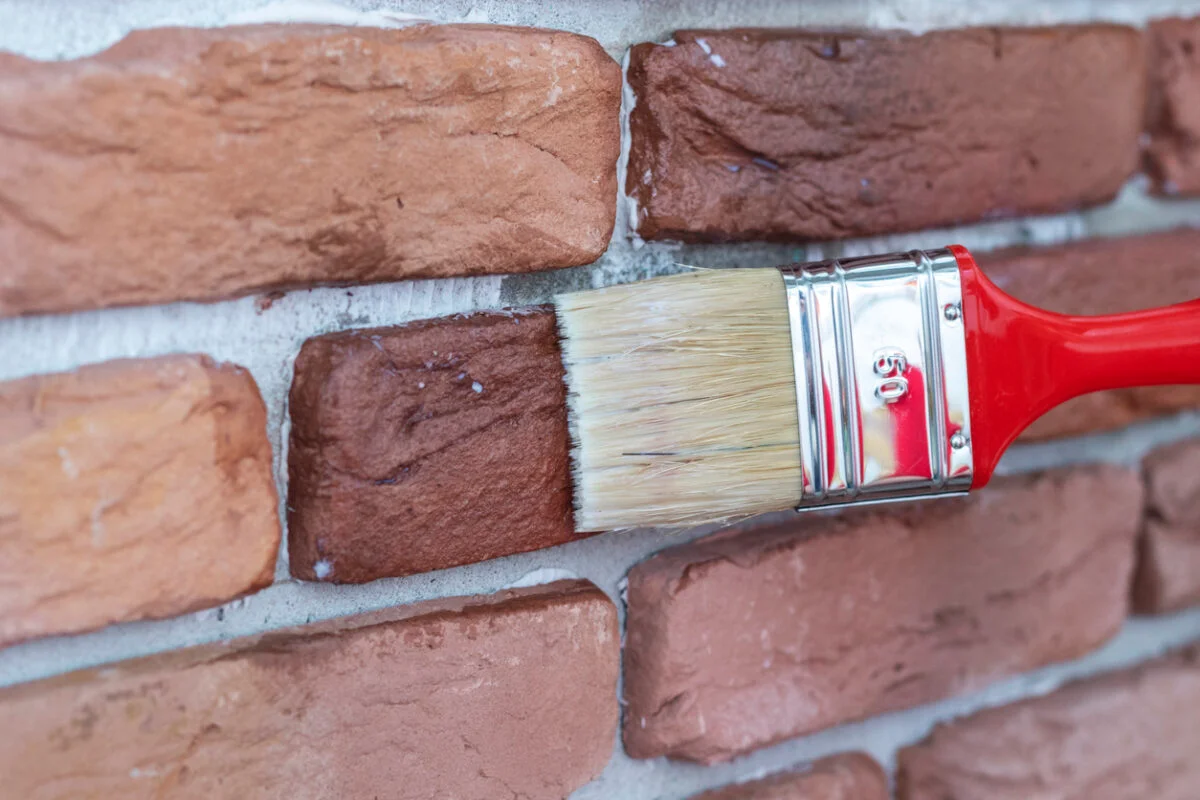
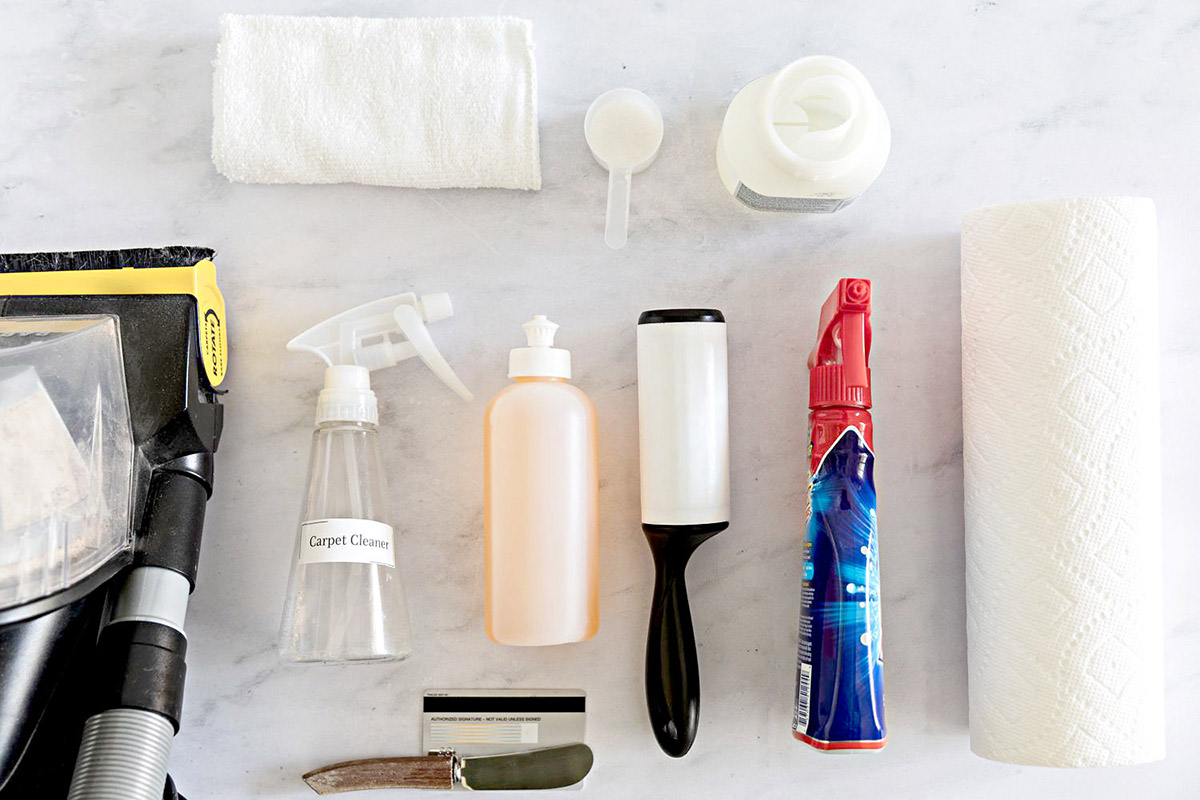

0 thoughts on “How To Remove Stains From Brick”